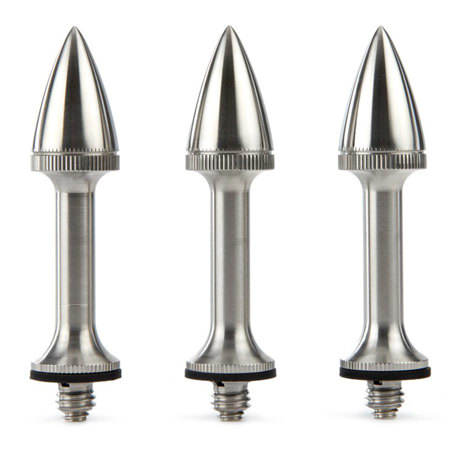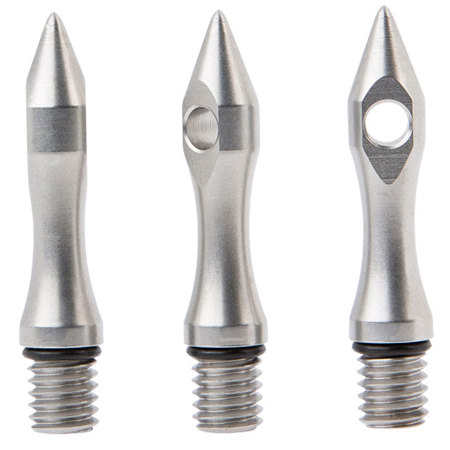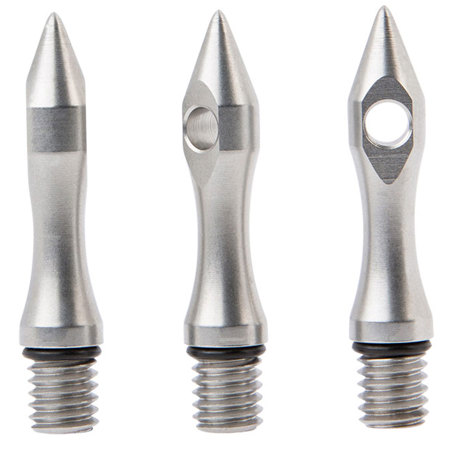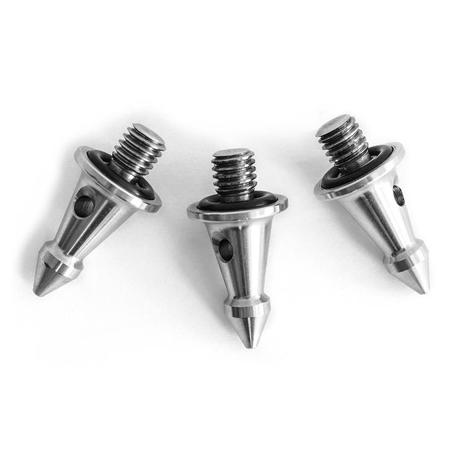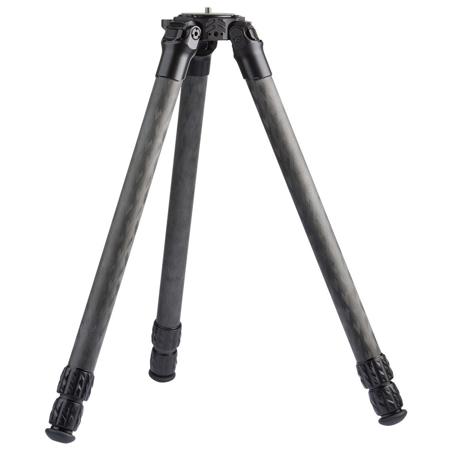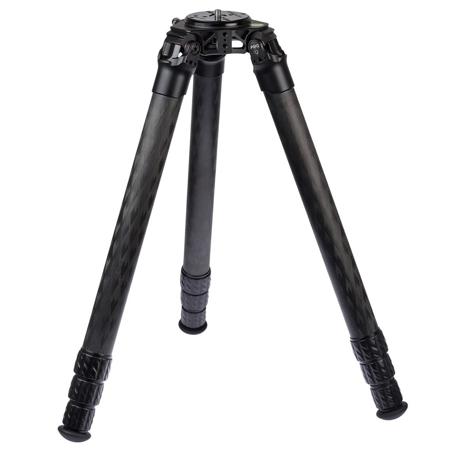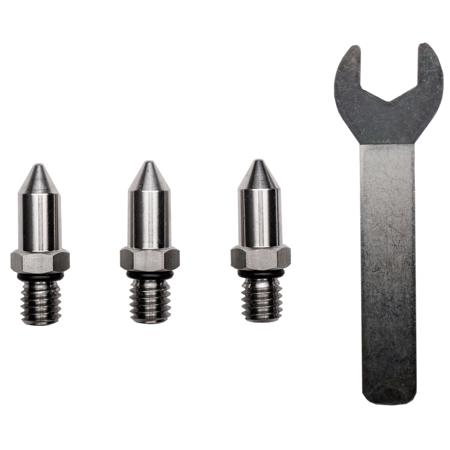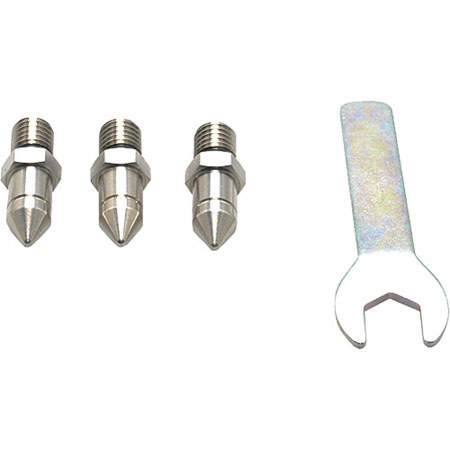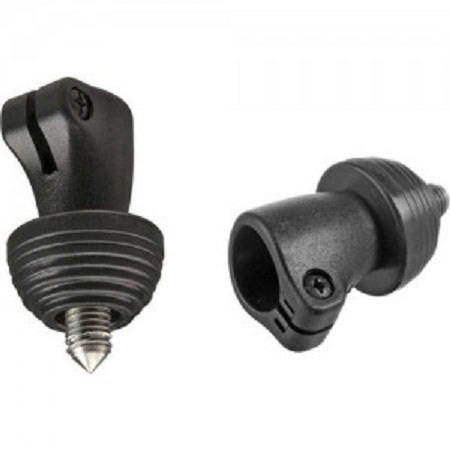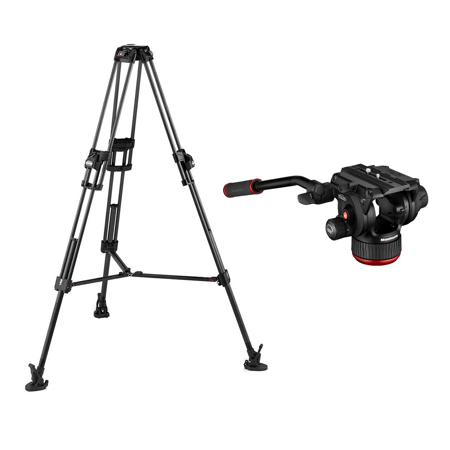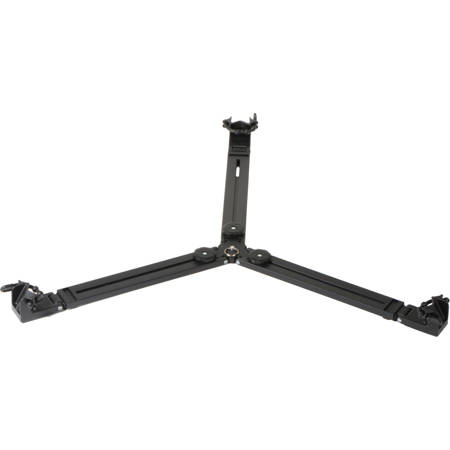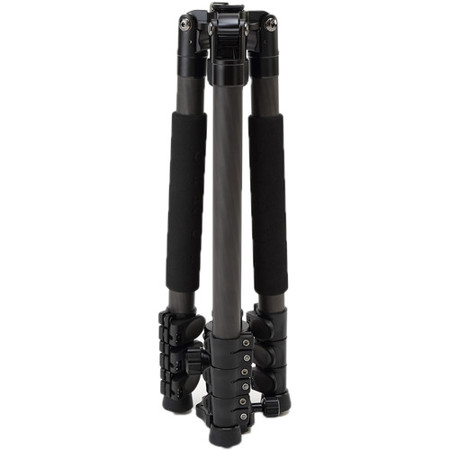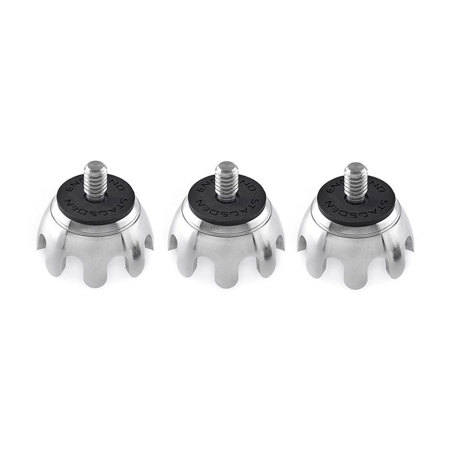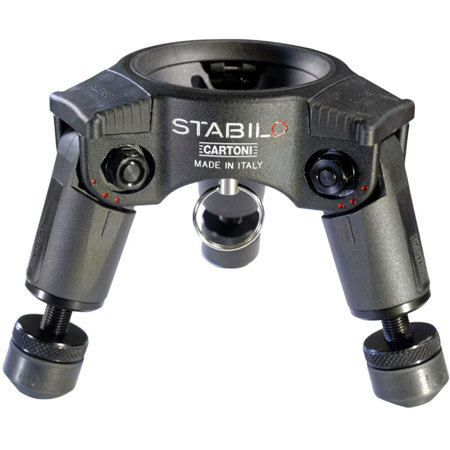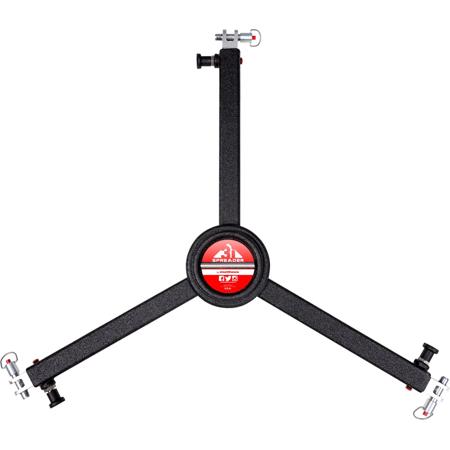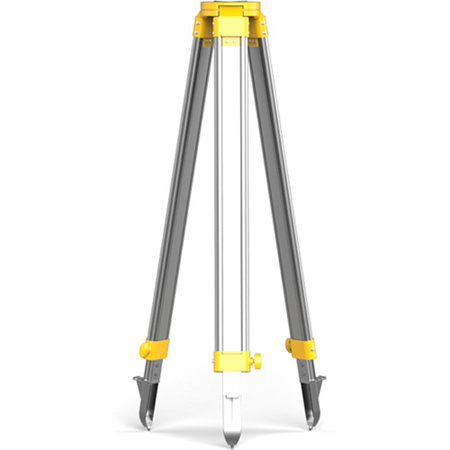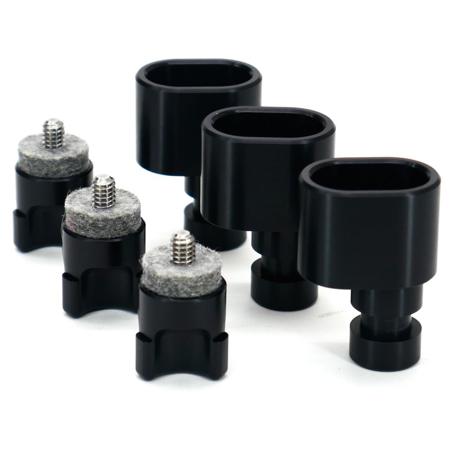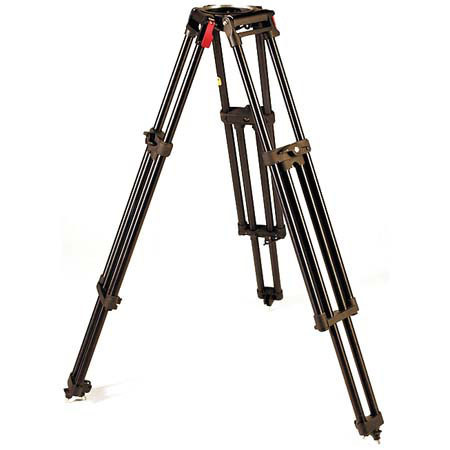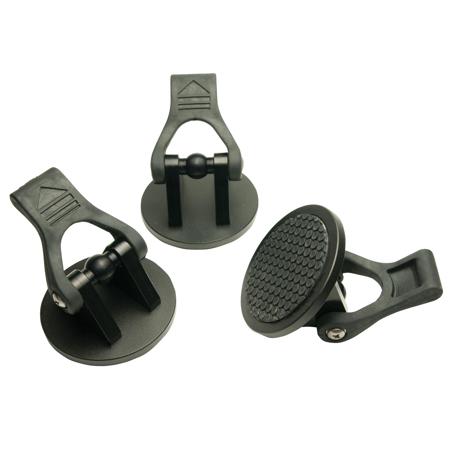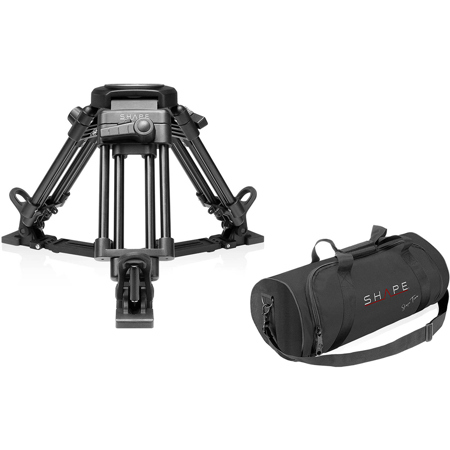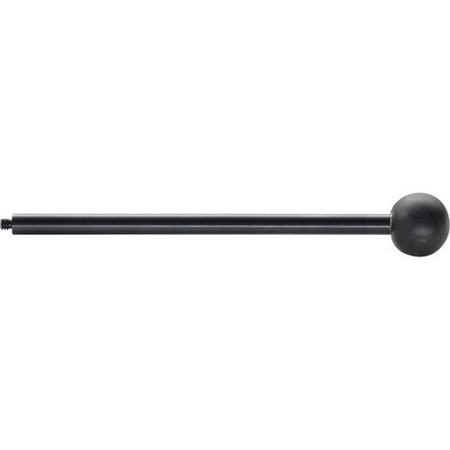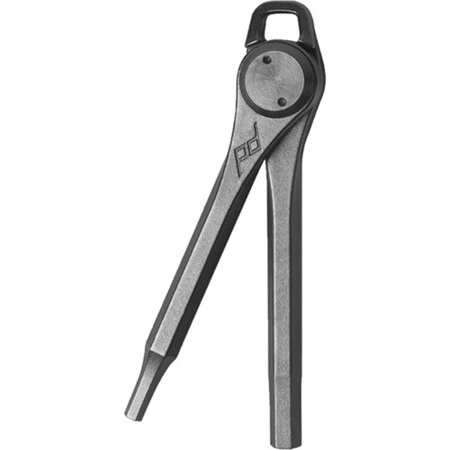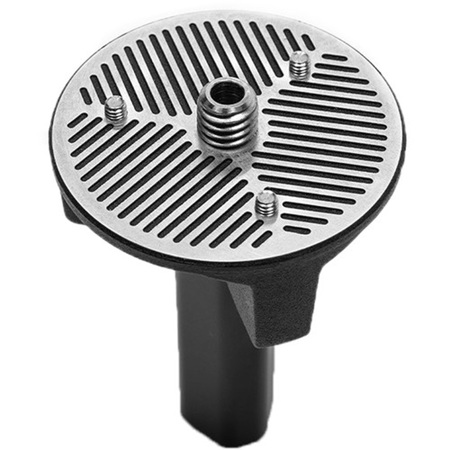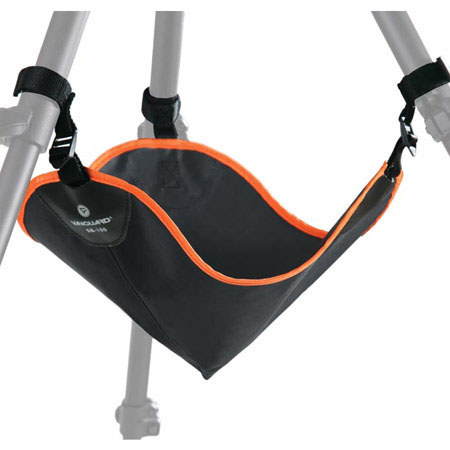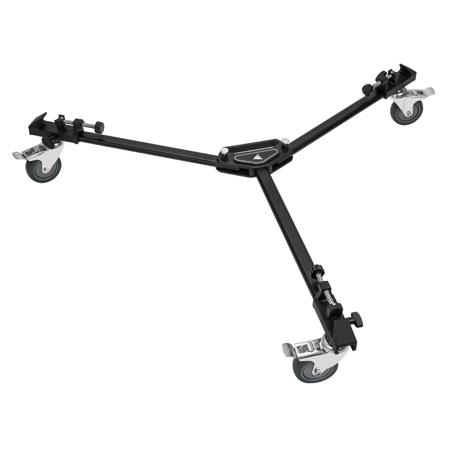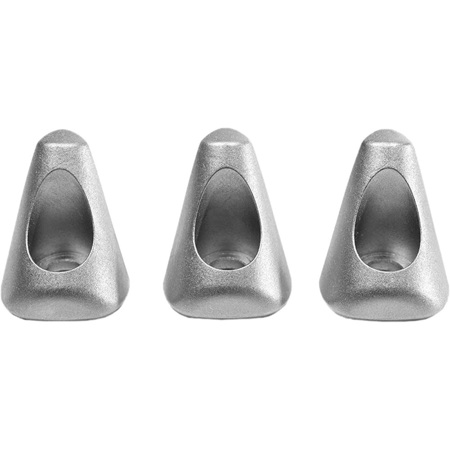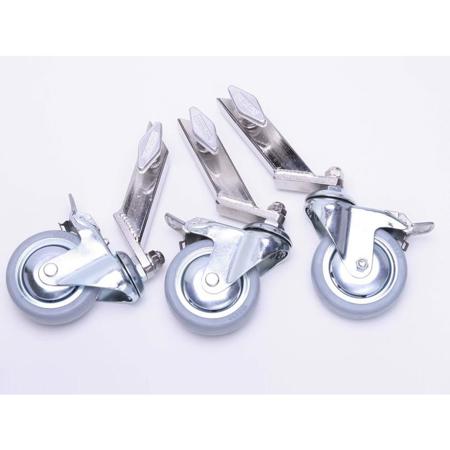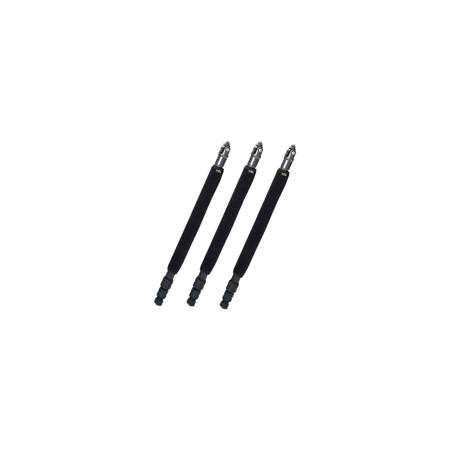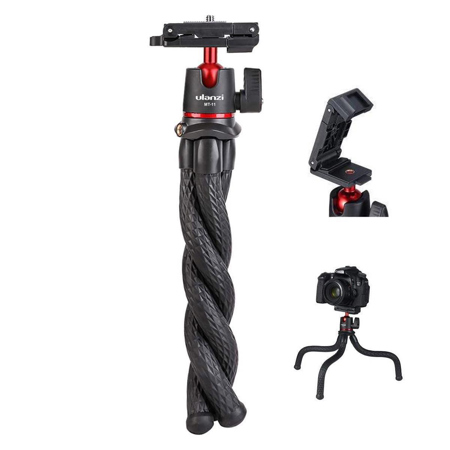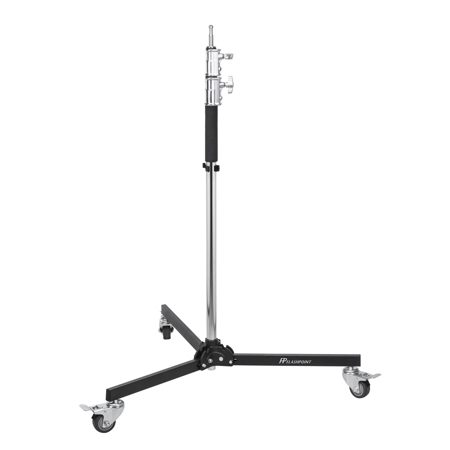Tripod Spikes
When venturing into the great outdoors with your camera gear, the stability of your tripod can make or break your shot—especially as the weather turns brisk and the ground grows softer with autumn rains. Tripod spikes are a specialized accessory designed to anchor your tripod securely in challenging environments, from muddy forest trails to windswept dunes. Unlike standard rubber feet, which can slip or sink into soft terrain, tripod spikes bite into the earth, providing a firm grip that resists movement even in strong winds or on uneven surfaces. This added stability is essential for landscape photographers aiming for tack-sharp images during long exposures, astrophotographers capturing the night sky, or videographers seeking smooth, shake-free footage in the field. As leaves fall and the landscape transforms, photographers often find themselves drawn to remote locations, where the ground can be unpredictable—here, the right spikes can be the difference between a successful shoot and a frustrating struggle with gear that just won’t stay put.
Selecting the ideal tripod spikes involves considering the type of terrain you’ll encounter most often, as well as your specific tripod’s compatibility. Spikes come in various lengths and shapes, with longer designs offering deeper penetration for loose sand or soft mud, while shorter, more robust spikes excel on compacted earth or grassy knolls. It’s important to ensure that the spikes you choose match your tripod’s thread size and mounting system to avoid any surprises in the field. Many professionals keep a set of spikes in their kit alongside their standard rubber feet, swapping them out as needed depending on the day’s conditions. For those who travel frequently, especially by air, it’s wise to pack tripod spikes separately due to airline regulations regarding metal accessories. And while spikes are invaluable on soft ground, caution is advised on hard or rocky surfaces, where they may slip—some photographers carry rubber feet or even specialized “claw” designs for maximum versatility. For added protection in rough environments, or when working in abrasive conditions like salt flats or snowy fields, pairing your spikes with Tripod Leg Protectors can help extend the life of your tripod legs and keep your investment safe from scratches and corrosion.
Tripod spikes aren’t just a practical upgrade—they make thoughtful gifts for any outdoor photographer, birdwatcher, or filmmaker who’s passionate about capturing the world beyond the studio. Gifting a set of high-quality spikes shows an understanding of the unique challenges faced in fieldwork, particularly as the seasons change and conditions become less predictable. Whether it’s a friend preparing for a fall foliage expedition, a family member who loves photographing snowy landscapes, or a colleague gearing up for a desert adventure, tripod spikes are a small accessory that can deliver a big impact. They also serve as a quiet reassurance: no matter how soft the ground or how blustery the wind, the camera will stay steady, allowing creativity to flourish. As autumn’s golden light beckons and outdoor shoots become more frequent, having the right tripod spikes on hand ensures that nothing—neither mud, sand, nor shifting soil—stands between you and the perfect shot.
Selecting the ideal tripod spikes involves considering the type of terrain you’ll encounter most often, as well as your specific tripod’s compatibility. Spikes come in various lengths and shapes, with longer designs offering deeper penetration for loose sand or soft mud, while shorter, more robust spikes excel on compacted earth or grassy knolls. It’s important to ensure that the spikes you choose match your tripod’s thread size and mounting system to avoid any surprises in the field. Many professionals keep a set of spikes in their kit alongside their standard rubber feet, swapping them out as needed depending on the day’s conditions. For those who travel frequently, especially by air, it’s wise to pack tripod spikes separately due to airline regulations regarding metal accessories. And while spikes are invaluable on soft ground, caution is advised on hard or rocky surfaces, where they may slip—some photographers carry rubber feet or even specialized “claw” designs for maximum versatility. For added protection in rough environments, or when working in abrasive conditions like salt flats or snowy fields, pairing your spikes with Tripod Leg Protectors can help extend the life of your tripod legs and keep your investment safe from scratches and corrosion.
Tripod spikes aren’t just a practical upgrade—they make thoughtful gifts for any outdoor photographer, birdwatcher, or filmmaker who’s passionate about capturing the world beyond the studio. Gifting a set of high-quality spikes shows an understanding of the unique challenges faced in fieldwork, particularly as the seasons change and conditions become less predictable. Whether it’s a friend preparing for a fall foliage expedition, a family member who loves photographing snowy landscapes, or a colleague gearing up for a desert adventure, tripod spikes are a small accessory that can deliver a big impact. They also serve as a quiet reassurance: no matter how soft the ground or how blustery the wind, the camera will stay steady, allowing creativity to flourish. As autumn’s golden light beckons and outdoor shoots become more frequent, having the right tripod spikes on hand ensures that nothing—neither mud, sand, nor shifting soil—stands between you and the perfect shot.
